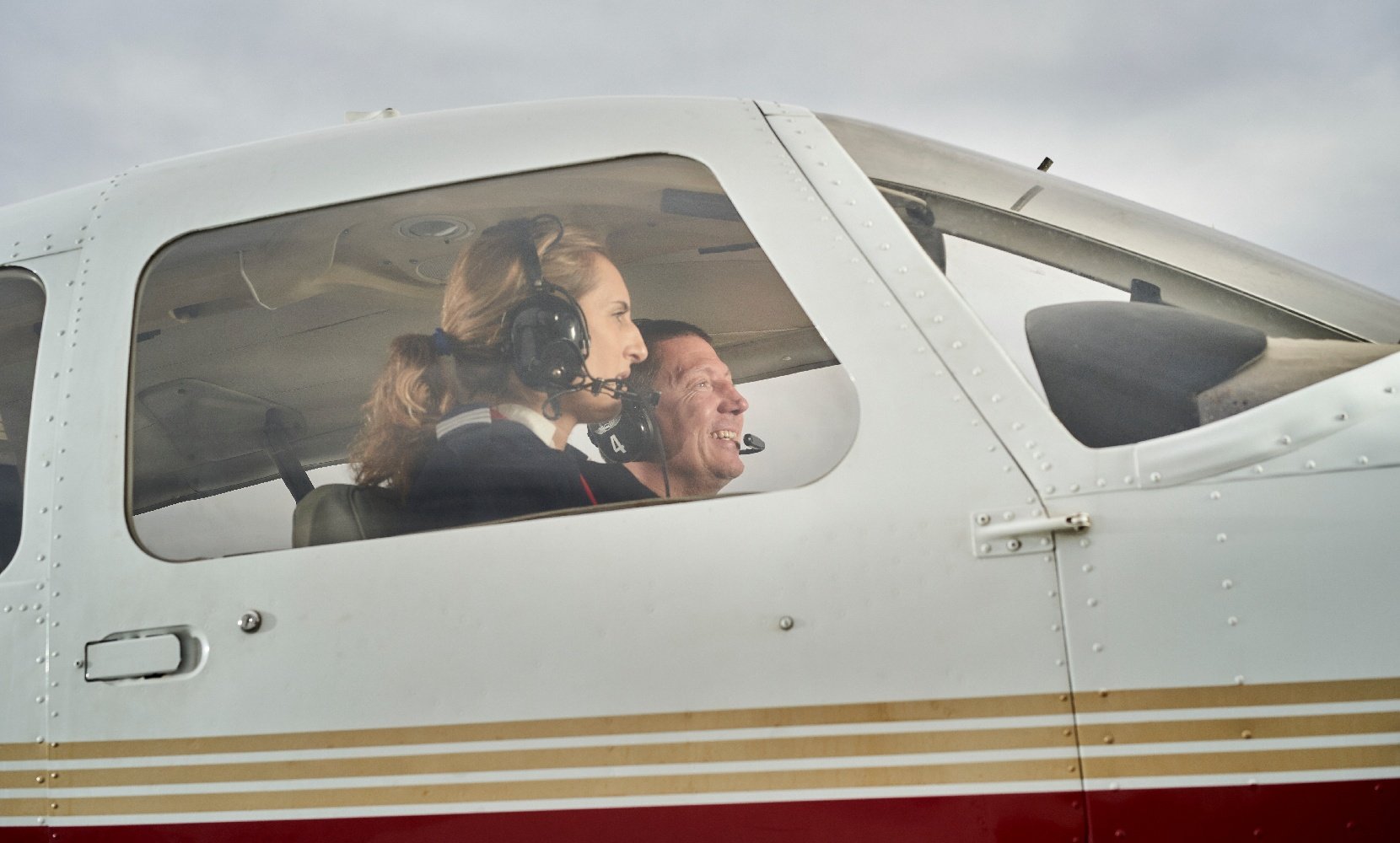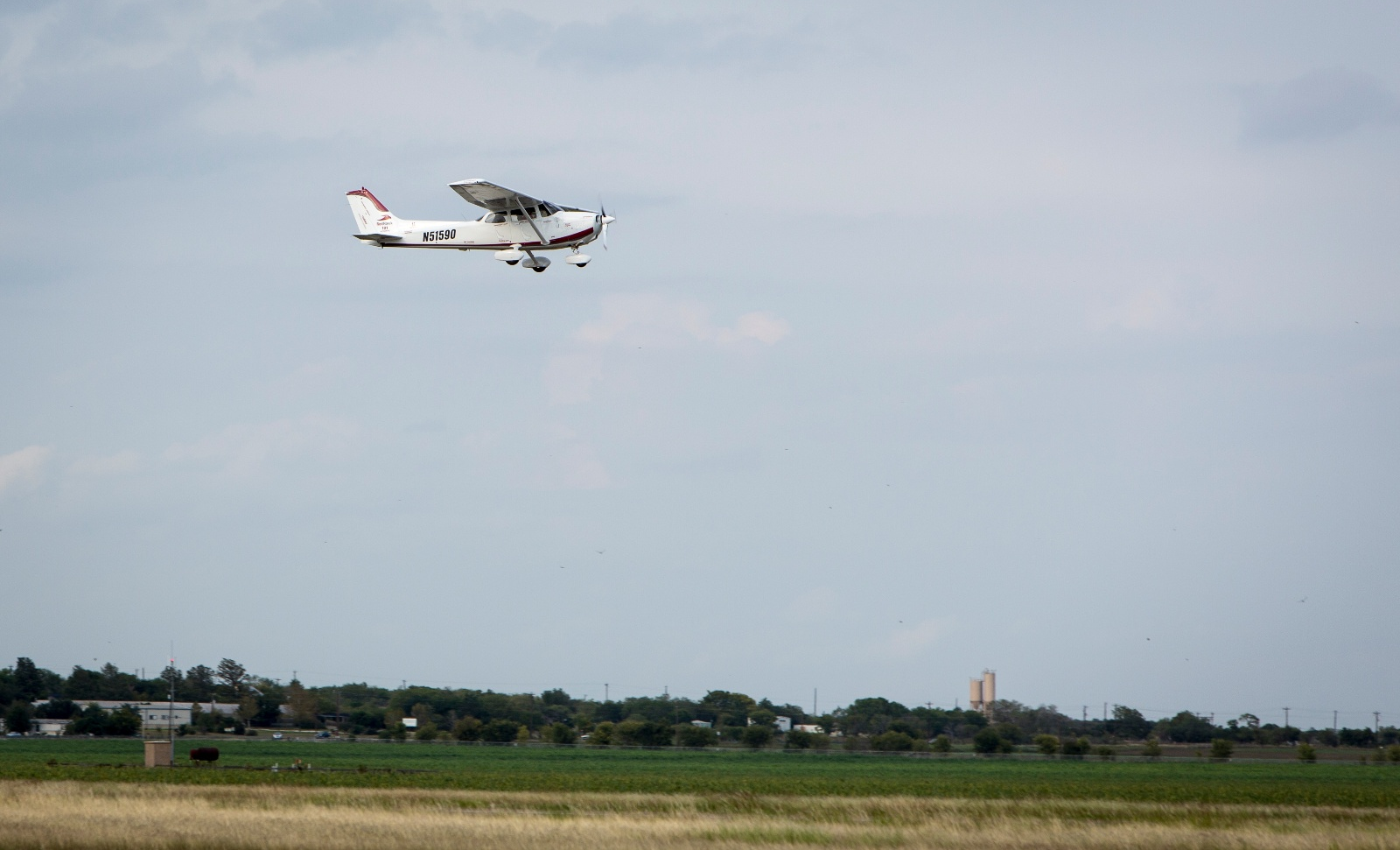Checkride Prep: 4 Things Your DPE Wants You to Remember
“I don't know what I don’t know.” The phrase kept rattling around my skull for a week leading up to my private pilot checkride. I had the hours, finished ground school, achieved a high score on my written test, and had a signature in my logbook that claimed I was prepared. Yet, as my practical test neared, I could not help but feel like an imposter walking into an unmasking.
At my training center, horror stories of rides gone wrong were whispered throughout the building. There was the tale of the hapless soul who failed for not knowing the difference between three-and four-digit military routes on sectional charts. There was the parable of the applicant who withered when asked to explain vortex generators. Bloody recountings of four, six, or even eight-hour oral exams were told and retold to the great terror of private pilot applicants.
Every pilot will remember walking into that room the first time and sitting across the table from that all-knowing menace, the Designated Pilot Examiner (DPE). Abandon all hope ye who enter here.
But I’m here to tell you that the fear is unfounded. Over the course of completing multiple checkrides — and in preparing dozens of other applicants for theirs — I have learned a handful of valuable truths that you can wield as armor against your fear. Experiences may vary, so I should add that these are expressly my opinions and not gospel from the Federal Aviation Administration (FAA).
1. Your DPE wants you to succeed
Firstly, you need to know that DPEs are (in fact) human beings who once sat in your seat, and, more importantly, they want you to succeed. Whether you are aiming for a private pilot certificate or a type rating, they are rooting for you. They know you have worked hard to prepare and that you are probably scared witless of not performing up to your expectations. “Checkriditis” is a well-documented affliction, and the DPE is expecting some degree of stumbling and bumbling.
Related Content: 4 Real-Life Lessons for Your Initial CFI Checkride
2. Impressing your DPE is not the goal of a checkride
No matter what you think they expect of you, and no matter the amount of detail you can regurgitate in your oral exam, a vital truth to accept before you sit in the hot seat is you will not impress your DPE. That is not your goal. Get this through your head before go-time.
The average DPE has conducted hundreds, even thousands, of these evaluations, and they have heard everything under the sun. Giving an examiner a novel new way to fear for their life is the only way you can impress them. Suffice it to say you are better off steering clear of that.
3. Just answer the questions
Beyond getting your certificate or rating, the goal of your checkride is simple: Answer the questions the DPE asks you. If your evaluator holds up a Pilot G-2 fine-tip gel pen and asks, “Do you know what this is?" the only correct answer is “Yes, I do.” Those nerves you feel are a shovel, and if you start to overexplain, they will dig a nice, deep hole for you.
So what is adequate? How do you know if you have said enough?
To answer that question, you need to understand what a DPE’s job actually entails. Regardless of the methodology laid out for them by the FAA, their real job is to keep you alive.
Can you demonstrate that you understand thunderstorm formation well enough to avoid a cumulus buildup? Can you convince them that you can troubleshoot basic systems errors? I guarantee that you will experience an alternator failure or excessive engine temperatures if you fly often enough. Do you believe that you can keep yourself, your passengers, and the sleeping citizens beneath you safe?
For each question asked, you should go into enough detail to demonstrate your competence as Pilot in Command of an aircraft — nothing more and nothing less.
Related Content: You're a Great Pilot. Your Decision-Making Is Terrible.
4. The ACS cover everything you need to know
In the Airman Certification Standards (ACS), the FAA outlines everything it expects you to know, every skill it expects you to demonstrate, and every risk it expects you to manage. The agency designed the ACS to be simple and direct. Yet, during a checkride, it is easy to bust out the shovel and start digging that hole, searching for the “smart” answer.
An examiner once described this method to me as “death by a thousand cuts." Applicants can be done in by one or two egregious missteps, but generally, they fail after a slew of minor mistakes become insurmountable.
I would bet my lunch that the student who could not remember which military route remains below 1,500 feet above ground level (AGL) was not deemed UNSAT solely because of that minor fumble. It was most likely just the last in a stack of blunders. Similarly, I promise you a DPE will not tank your ride just because you gained 120 feet on your steep turn, provided you readily admit that it happened and know why and how you need to correct it.
If you are preparing for your first stint in the hot seat, do not despair. When you are staring dead-eyed at those line items in the ACS, ask yourself a few simple questions:
- Do I know these subjects well enough to make safe, timely decisions?
- Can I fly this plane well enough to take my grandmother, child, or significant other for an afternoon cruise?
- Do I know how to use the correct resources to determine when I should not step into the flight deck in the first place?
You are a pilot, not a professor. Breathe. Be prepared. Take your time. And for goodness sake, leave your shovel at home.
Share this
You May Also Like
These Related Articles

Are You Ready for Your Checkride?

When Should You Take the FAA Private Pilot Written Exam?

.jpg?width=600&name=131030_naunheim_redbird_migration_068%20(1).jpg)